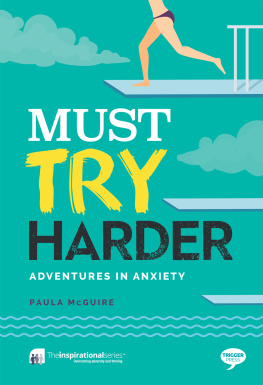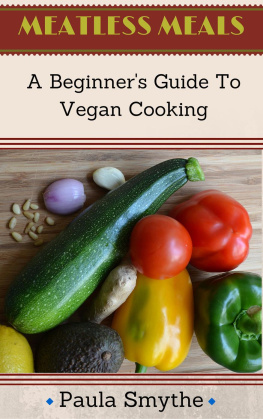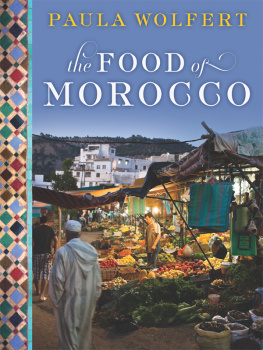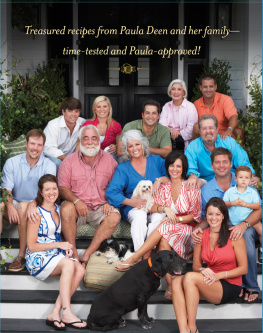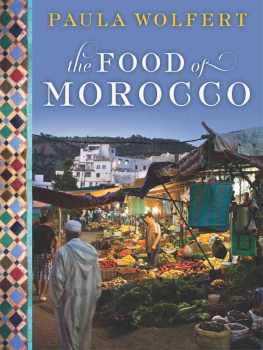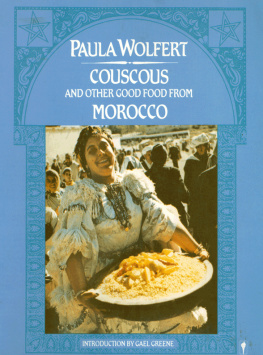Thank you for buying this ebook, published by HachetteDigital.
To receive special offers, bonus content, and news about ourlatest ebooks and apps, sign up for our newsletters.
Copyright 2017 by Emily Kaiser Thelin
Foreword copyright 2017 by Alice Waters
Photographs copyright 2017 by Eric Wolfinger
Archival photographs by William Bayer and from the personal collection of Paula Wolfert
Cover design by Toni Tajima. Cover copyright 2017 by Hachette Book Group, Inc.
Hachette Book Group supports the right to free expression and the value of copyright. The purpose of copyright is to encourage writers and artists to produce the creative works that enrich our culture.
The scanning, uploading, and distribution of this book without permission is a theft of the authors intellectual property. If you would like permission to use material from the book (other than for review purposes), please contact permissions@hbgusa.com. Thank you for your support of the authors rights.
Grand Central Life & Style
Hachette Book Group
1290 Avenue of the Americas, New York, NY 10104
grandcentrallifeandstyle.com
twitter.com/grandcentralpub
Originally published in 2017 in hardcover by Mortar & Pestle, Berkeley, California
First Grand Central hardcover edition: October 2017
Grand Central Life & Style is an imprint of Grand Central Publishing. The Grand Central Life & Style name and logo are trademarks of Hachette Book Group, Inc.
The publisher is not responsible for websites (or their content) that are not owned by the publisher.
The Hachette Speakers Bureau provides a wide range of authors for speaking events. To find out more, go to www.hachettespeakersbureau.com or call (866) 376-6591.
Print book interior design by Toni Tajima
Recipes reprinted by permission of Houghton Mifflin Harcourt from The Slow Mediterranean Kitchen (2003), The Cooking of Southwest France (2005), and Mediterranean Clay Pot Cooking (2009); and by permission of HarperCollins from Mediterranean Cooking (1994), The Cooking of the Eastern Mediterranean (1994), Mediterranean Grains and Greens (1998), and The Food of Morocco (2011)
Library of Congress Control Number: 2017948583
ISBNs: 978-1-5387-2988-5 (hardcover); 978-1-5387-2987-8 (ebook)
E3-20170902-JV-PC
Good food is memory.
Paula Wolfert
To the 1,112 people who
supported our crowdfunding campaign
to make this book possible,
your generosity and faith are truly unforgettable.
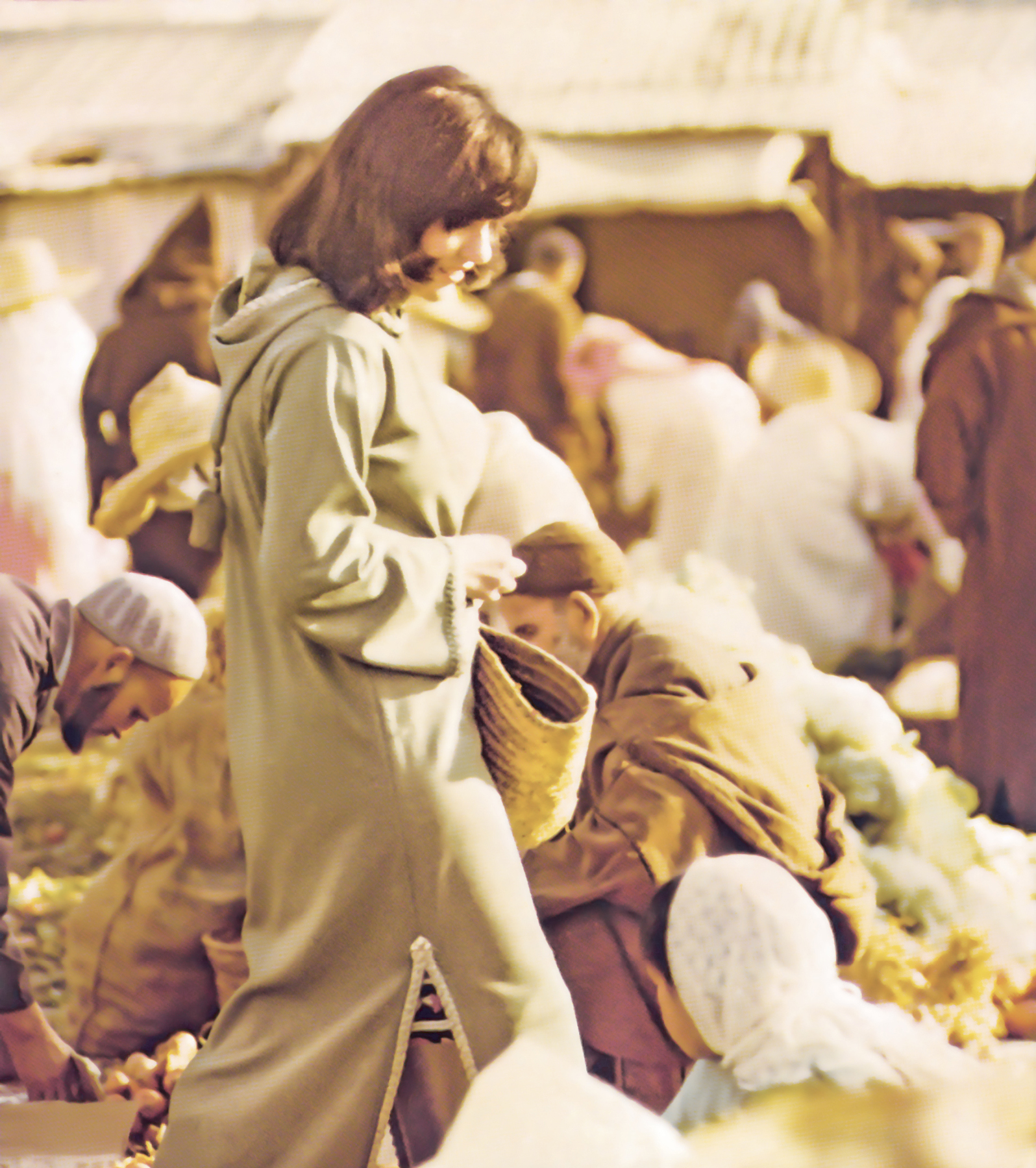
FROM THE TIME I DEVOURED Paula Wolferts extraordinary first book, Couscous and Other Good Food from Morocco, and then started cooking from it, I have been convinced that she is simply one of those rare people who know the exact way food should be. This book beautifully demonstrates her irresistible food, set out on the table the way I like to see it, the way I like to eat it, the way it should be eaten.
Always with Paula, every element was thoroughly researched and thought out, tested over and over, clearly and logically recorded, and beautifully executed.
Throughout her career, over and over, Paula has given us hope by serving us recipes that partake of this kind of simplicityeven those recipes of hers that are the most exacting and time-consumingsurprising us again and again with the generosity and breadth of her curiosity and the precision and focus of her perfectionism; surprising us, while skillfully steering us past the shallows of food fashion into the deep harbors of ancient food traditions that depend on such timeless values as patience, frugality, loyalty, and community, values that are inimical to the fast-food values that pervade the modern world.
Emily Kaiser Thelin and her extraordinary collaborators, Eric Wolfinger, Andrea Nguyen, and Toni Tajima, have gifted us with an inspiring and beautiful book: a critical survey of a very public career, an anthology of wonderful recipes, and an intimate biography of a brave and complicated person who is now facing the challenges of Alzheimers disease with the same shrewd appetite for understanding that she brought to all her researches into food and cooking. By her pioneering example she continues to be a worthy mentor to us all.
IN AN IMPOSSIBLY NARROW LANE in the crowded ancient medina of Marrakech, a motor scooter zipped past, a horned ram bleating between the drivers legs, bound for sacrifice for the Muslim holiday of Eid al-Adha. I jumped to get out of the way and promptly collided with a family headed home for the holiday, a small lamb chewing on weeds while straddling the shoulders of the man. I cinched my coat tighter against the wet, cold December day and pushed on against the crowds.
It was December 2008. I had come to Morocco on an assignment for Food & Wine to profile legendary cookbook author Paula Wolfert, a longtime contributor to the magazine whom I had edited as a staffer there since 2006. This was the culinary equivalent of a journey through the Arabian dunes with T. E. Lawrence or a trip to Kitty Hawk with the Wright Brothersthe chance to tour the place where a titan of my field first made her name. She and I had met in person only twice before, once at a food conference and then for lunch at her house in Sonoma. She had returned to Morocco because her publisher, HarperCollins, had suggested she update her first book, the 1973 landmark Couscous and Other Good Food from Morocco.
In Couscous, Paula writes how Eid al-Adha, the Festival of the Sacrifice, occurs on the tenth day of the twelfth month of the Muslim calendar year and commemorates the sacrifice of Abraham. Every Moroccan tries to get hold of a sheep a kid or, if he is very poor, a fowl. The point is to make a sacrifice and then enjoy it. As a resident of Morocco in the late 1960s, she purchased and fattened her own live lamb for the holiday and, working from a cookbook published by House & Garden magazinedecades before DIY butcherytaught herself to cut up the carcass. Any odd bits that shed butchered badly, she chopped to make kefte, delicious Moroccan meatballs.
I had been looking forward to this trip for months, but when I arrived, Paula e-mailed profuse apologies that she had been delayed and wouldnt be able to join me until the next day. I wandered the medina alonefor as long as I could stand it. I loved it but felt I might drown in the riptide of rams, goats, carpet sellers, spice merchants, and charcoal smoke. I retreated to the rooftop caf of my hotel to sip hot mint tea.
When we met the next morning, the holiday was over. The rams and goats were gone, but the crowds were denser than ever. Paula tucked her bobbed chestnut hair behind her ears, linked her arm in mine, and together we traversed the Djemaa el-Fna, Marrakechs vast central square. Although the square teemed with people, the tension I had felt the day before melted away. She led me first to the best stall for



